Are tater tots processed food? (Yes, tater tots are highly processed foods.) What are ultra-processed foods? You may have seen this study that was all over the media linking ultra-processed foods to increased calorie intake and weight gain. Get an ultra processed foods list and learn how to apply this information to your life from a registered dietitian. Learn whether you can fit foods like bread, maple syrup, sausage, and more into your diet and still lose weight.
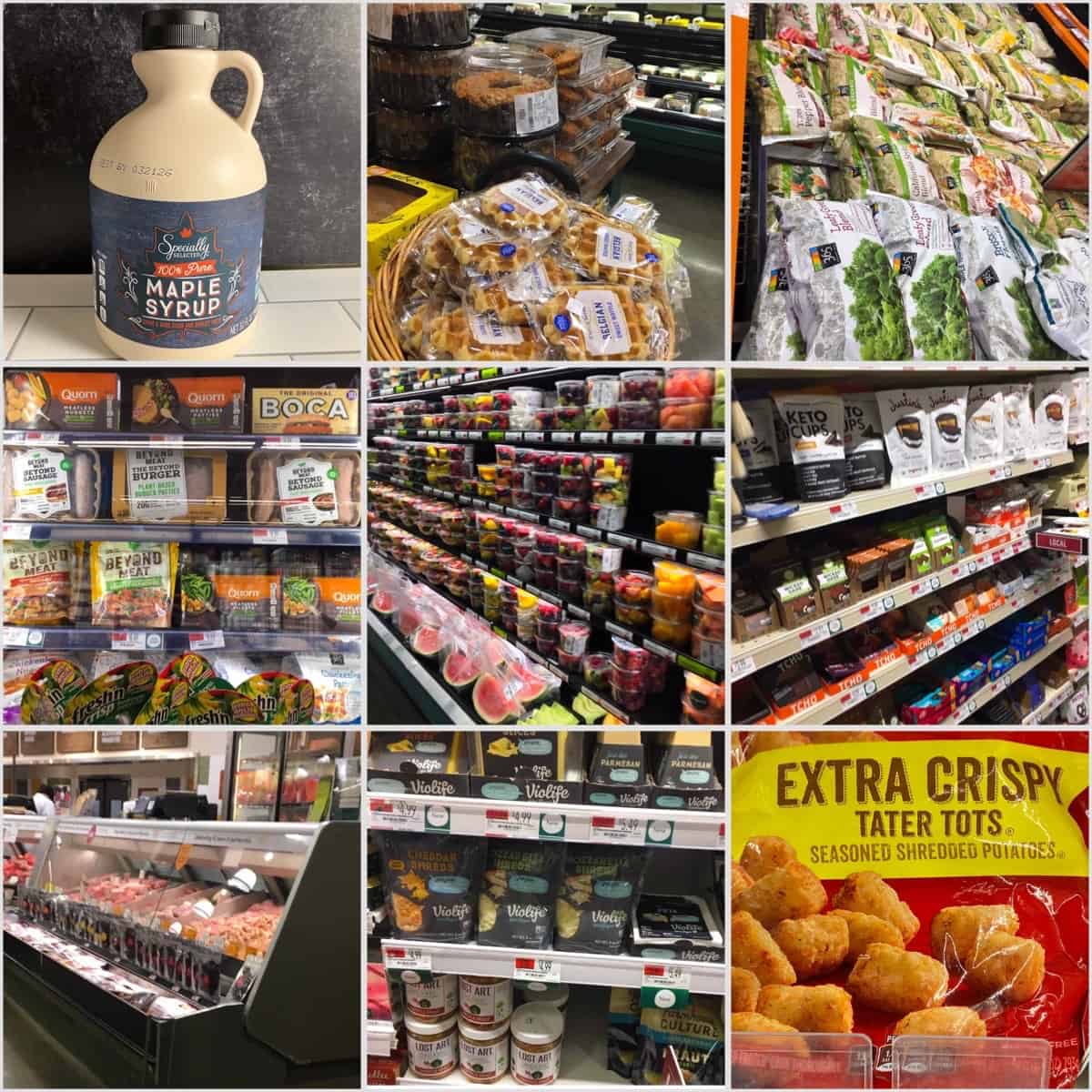
Want to save this post?
Enter your email below and we'll send it straight to your inbox. Plus you'll get great new recipes from us every week!
Table of Contents
- + What is an ultra-processed food?
- 🥔 Are tater tots processed foods?
- 🍁 Is maple syrup ultra processed?
- 🌭 Is sausage ultra processed?
- 🍞 Is bread considered processed food?
- ❓ Is calcium carbonate ultra processed food?
- 🍼 Is baby formula ultra processed?
- ⚖️ Ultra-Processed Diets and Weight Gain
- 🔍 Finding Whole Food at Whole Foods
- 🤓 Highly Refined Foods Quiz
- 🎥. What are highly processed foods? (Video)
- 💬 Comments
+ What is an ultra-processed food?
What are ultra-processed foods (AKA highly processed foods) that may lead to overeating and weight gain? The NOVA diet classification system is generally used to define unprocessed and ultra-processed foods. Here is a summary of the NOVA system, used as the basis of Brazil’s current dietary guidelines:
- Group 1 (Unprocessed/minimally processed foods): Fresh, frozen, or dried fruits and veggies with nothing added; fruit or vegetable juices with nothing added; plain refined and whole grains; mushrooms; fresh or frozen meat (beef, pork), poultry, fish, seafood with no added salt or oil; eggs; milk; plain legumes; nuts and seeds with nothing added; herbs and spices; plain yogurt; tea and coffee with nothing added; drinking water.
- Group 2 (Processed ingredients): Added oils and solid fats; starches; added sugar (including honey and maple syrup); salt.
- Group 3 (Processed foods list): Canned (or bottled) fruits, veggies, legumes, fish; cheese; fresh unpackaged breads; nuts or seeds with salt or sugar; salted, pickled, cured, or smoked animal foods.
- Group 4 (Ultra-processed foods list): Soda and other sugar-sweetened beverages; packaged snacks; ice cream; candies; mass-produced baked goods (breads, cookies, cakes, etc.); breakfast cereals; energy bars; sugar-sweetened yogurt; instant sauces; infant formula; fortified meal and dish substitutes; ready-to-heat pasta and pizza; poultry and fish nuggets and sticks; sausages; burgers; hot dogs; instant soups and noodles.
As a registered dietitian, I find the list of ultra-processed foods helpful. However, IMVHO there’s no need to include many of the ingredients in group 2 in the diet (aside from possibly salt), so I’d move it to the bottom of the list to prevent it from looking like the next best choice after group 1.
🥔 Are tater tots processed foods?
Yes, tater tots are processed foods, or more specifically, ultraprocessed foods. The frozen fruits and vegetables are considered minimally processed, as long as you stick to the ones with nothing added. In other words, skip sweetened fruits and veggies with sauces or added oils, like the frozen french fries, hash browns, and tater tots.
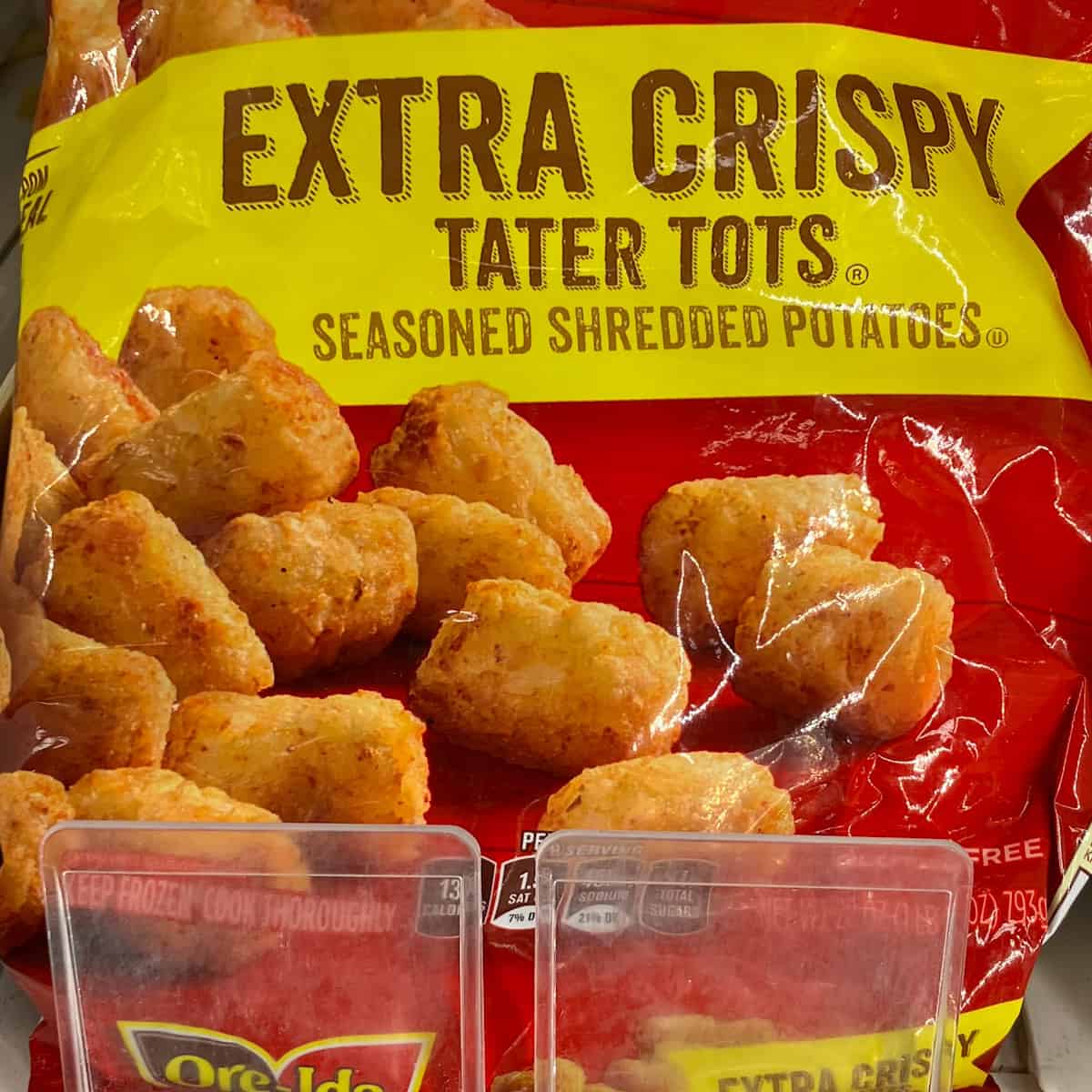
Are baked tater tots healthy?
Baked tater tots have the same ingredients list as those you deep fry, minus some of the added oil. In most cases (there are exceptions to every rule), I wouldn’t say tater tots are good for you. The addition of sugar and oils drags these items down into the processed and ultra-processed categories.
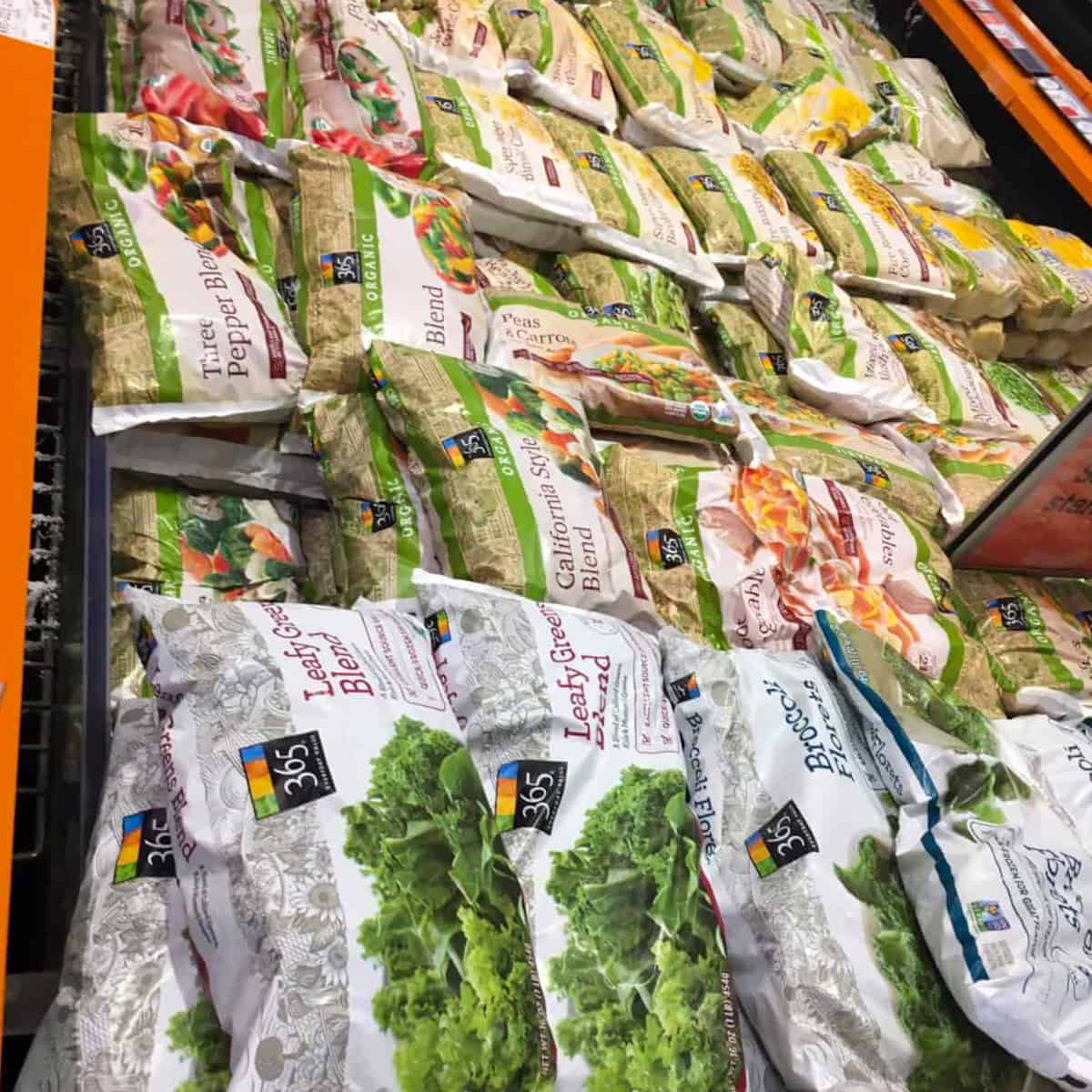
🍁 Is maple syrup ultra processed?
No, maple syrup is considered a processed ingredient, but not an ultra processed food in the NOVA classification. That said, maple syrup is an added sugar, and should be consumed in moderation even though it is a natural product.
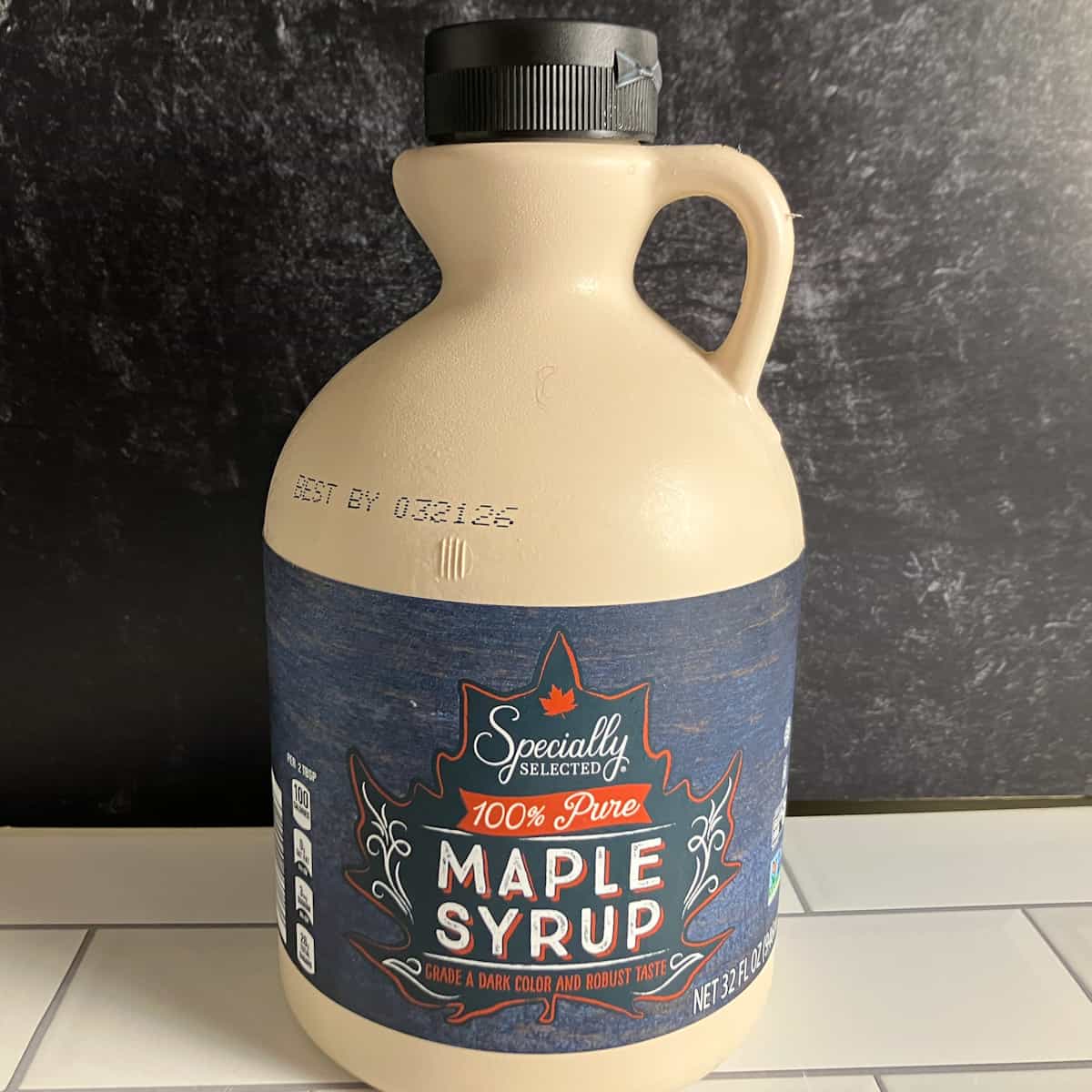
🌭 Is sausage ultra processed?
It depends; some sausages are ultra-processed and others are not. Some sausages and burger patties contain nothing but meat and spices (check the label), so they should really be bumped up to group 1, especially taking the substantial satiating effect of protein into account. Other burgers and sausages will have fillers like soy protein isolate, starches, and added oils, and these products should remain in group 4.
Minimally processed sausages to try:
🍞 Is bread considered processed food?
Most breads are ultra-processed foods. A sourdough bread with nothing but whole grains, yeast, and salt would technically fit into group 3 (processed food), but this product is much less common than you might think. (For a more unprocessed diet try: Spelt Flour Sourdough Starter)
If there is a single piece of advice that may be useful to someone who is looking to lose weight, it is stay out of the bakery area, wherever you tend to shop (unless it is a special occasion). I personally find the Whole Foods bakery particularly tempting, because everything has a health halo and looks fabulous. However, every single thing in the bakery counts as ultra-processed food and tends to be extremely easy to overindulge in.

Grain-based desserts and yeast breads are the top two sources of calories in the American diet (source). Snacks and sides that are heavy in refined grains should not make up the majority of calories in a person’s diet. These items are not filling, so many will continue eating and eating, as their bodies try to get the nutrients that are not present in these foods.
I don’t quite understand why refined grains were not put into the “processed ingredients” category in the NOVA system. However, if they are fortified (i.e., if they have nutrients added beyond what they would naturally contain if unrefined), they are considered ultra-processed.
❓ Is calcium carbonate ultra processed food?
No, calcium carbonate by itself doesn’t count as an ultra-processed food. Calcium carbonate is a common dietary supplement (not a food per se) used as an antacid and to treat low calcium levels. It is also a processed ingredient (group 2) that may be found in ultra-processed foods (group 4).
🍼 Is baby formula ultra processed?
Yes, but as a dietitian, I strongly dislike that infant formula was put on the ultra-processed list because it sends the message that a homemade milk product is better than infant formula. There are numerous published cases of infants who have been seriously harmed due to caregivers substituting beverages for breastfeeding and/or infant formula.
Even though it may be less processed, cow’s milk and homemade milk alternatives meant for adults and older children are NOT a safe substitution for breastfeeding or conventional store-bought infant formula.
I wish that infant formula had been left out of this classification system. Unsweetened calcium-fortified milk alternatives would be put in group 4, but these products provide important nutrients for children and adults who restrict dairy products. Not all ultra-processed products should be limited.
⚖️ Ultra-Processed Diets and Weight Gain
If you’re looking to lose weight, shifting your diet to one that’s less processed is a smart move. A study titled “Ultra-Processed Diets Cause Excess Calorie Intake and Weight Gain: An Inpatient Randomized Controlled Trial of Ad Libitum Food Intake” is worth discussing.
In this trial, 20 participants were randomized to either an “ultra-processed” diet group or an “unprocessed” diet group. After 14 days on one diet, participants switched groups for the following 14 days. These patients lived in the facility for the duration of the trial and were provided all foods, restricting the opportunity to “cheat” on their diet or misrepresent what was eaten.
Each group was provided with the same number of calories at meals, and the diets were also matched for all macronutrients, fiber, and sugar. There were no differences found in pleasantness and familiarity of the meals, nor were there differences in appetite scores between groups.
It is especially crucial that they matched for protein and fiber because these help increase satiation provided by the meal. Also, if people disliked the taste of the unprocessed meals, it seems intuitive that they would eat less and likely lose weight as a result. These factors were accounted for, limiting the impact that they may have had on differences in intake.
What this well-constructed study found was that people on the ultra-processed diet consumed an average of 500 extra calories per day! (Remember, groups were presented with the same amount of calories at meals, so those on the ultra-processed diet were choosing to clean more of their plate, so to speak.)
As might be expected, those on the ultra-processed diet gained weight in alignment with their increased calorie intake. The authors concluded that “Limiting consumption of ultra-processed foods may be an effective strategy for obesity prevention and treatment.”
🔍 Finding Whole Food at Whole Foods
If you’re supposed to limit ultra-processed foods, how do you find them? The products at Whole Foods can carry a bit of a health halo, but like other grocery stores, they sell an abundance of ultra-processed foods, and often at a larger price tag than your conventional store. Let's look around!
Before we begin, I want to say that certain folks (particularly those with certain medical conditions, a history of eating disorders, and/or those who are cachectic and need to gain weight) may benefit from not worrying about ultra-processed foods. For some people, increasing calorie intake needs to be the primary goal to benefit health.
For others who are looking to lose weight or to improve the quality of the diet, the information that follows may help you. So let’s go…
Mini Store Tour
We enter right into the produce area when you enter this store. They may be in containers or packages, but most of the fruits and veggies shown here have had nothing added to them and are considered a group 1 (unprocessed/minimally processed food). Great choices!
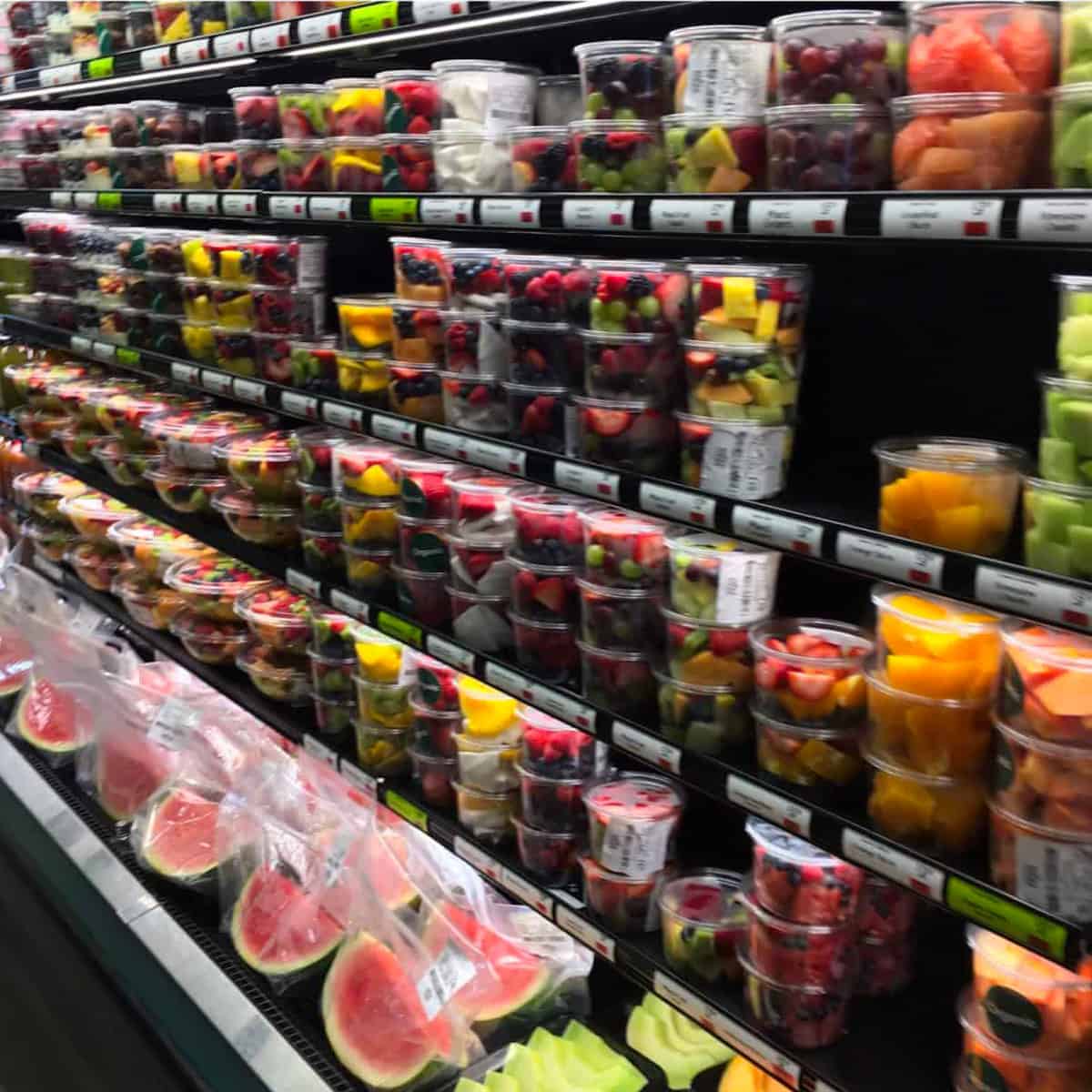
Dried fruits and juices are heavily concentrated sources of calories and sugar, even without added sugar, so I would consider bumping them down into the “processed food category.” They tend not to be beneficial for weight management and they are more heavily processed than the fresh fruits in the same category.
Ice creams, mochi bites, and macarons are all ultra-processed. Pretty much the entire chocolate and energy bar aisle is ultra-processed as well, no matter how organic or gluten-free they are. The potato chips and cereal aisles are also ultra-processed.
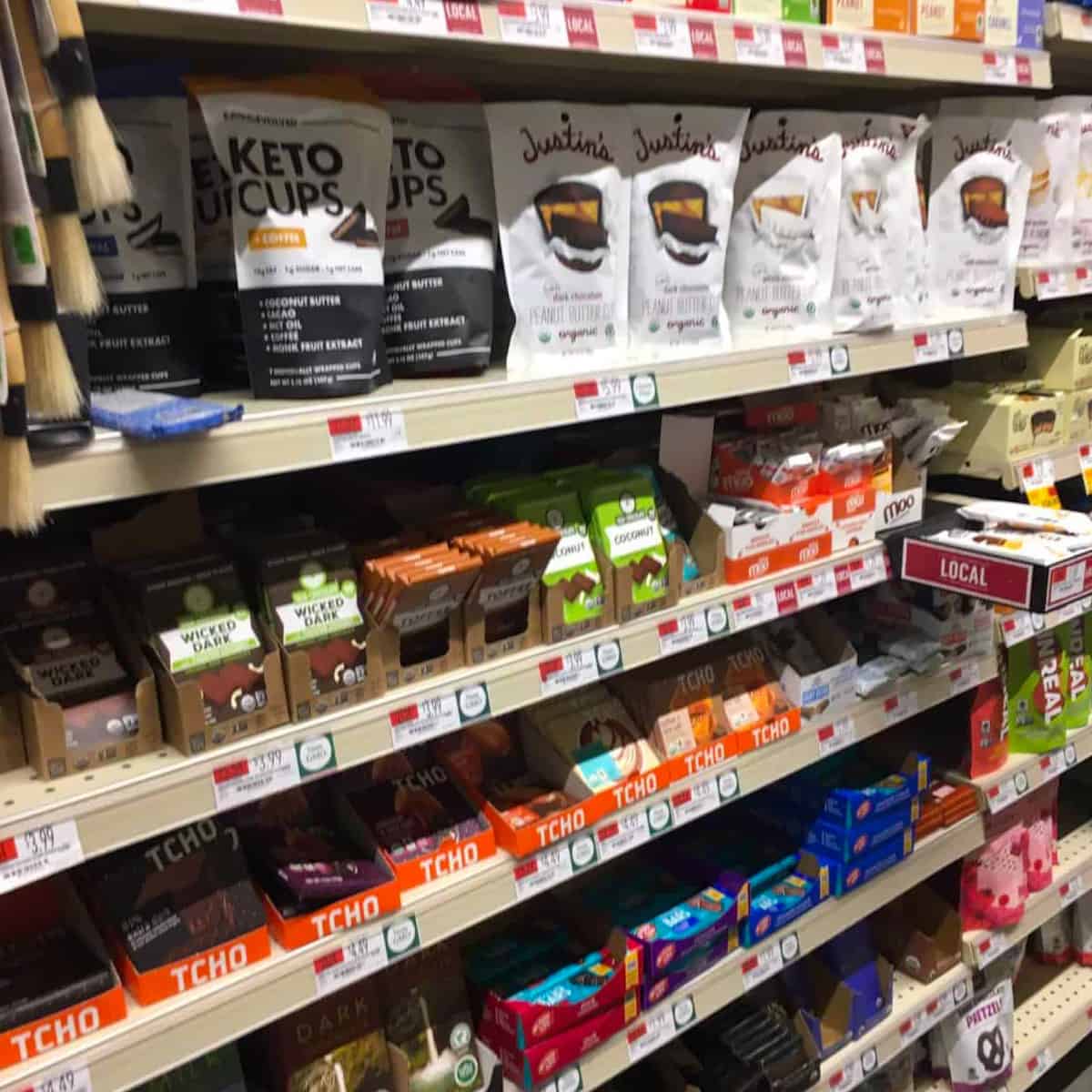
There are exceptions, such as plain unsweetened oatmeal, which is often found in the cereal aisle. The general advice to “shop the perimeter” is not always 100% accurate (more on this later).
Fresh meats and poultry, eggs, and bulk grains and legumes are unprocessed and are great choices. If you want grains, consider skipping the bakery and getting your grains in the bulk section.
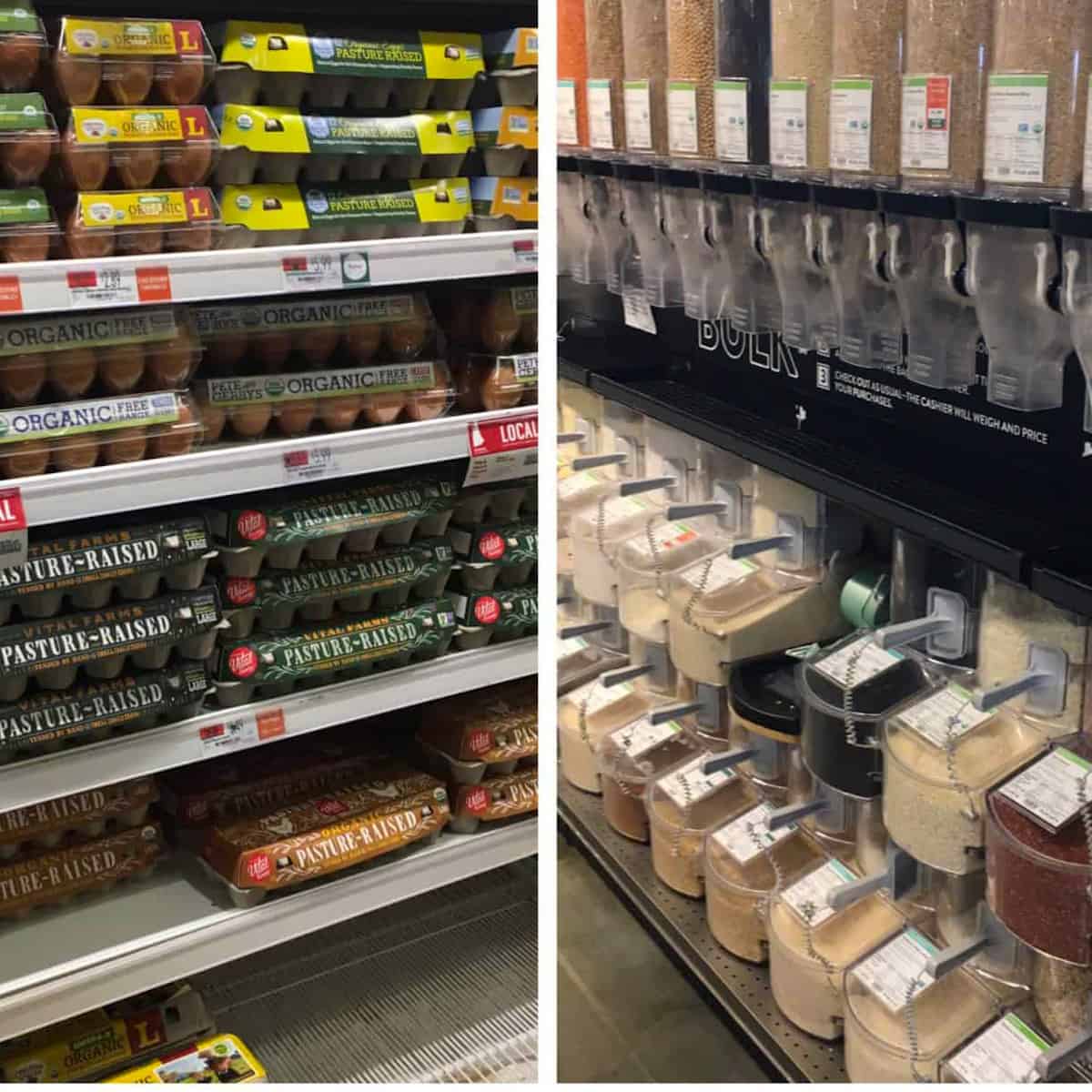
Even though they are both considered minimally processed, I’d choose whole grains over refined to get more fiber. I’d also go primarily for grains that have not been ground into flours since flours are often used to make things like baked goods that are ultra-processed. Some bulk sections also include sugar-sweetened granola and energy bites, and those are ultra-processed.
The hot and cold bar contains everything from fresh plain veggies (unprocessed) to fried items (ultra-processed). Whole Foods tends to be great about labeling items, so you know whether you are getting a product with added sugars and/or oils or not.
Is deli meat processed?
Deli meat and salty bacon are considered processed (Nova group 3), and some brands are ultra-processed (Nova group 4). The rest of the meat and seafood counter is mostly unprocessed.
Shop the Perimeter
Last but not least, remember how I mentioned above that “shop the perimeter” is not always a great guide to finding the most healthful food options? The above refrigerator cases are found around the perimeter of my store, and all of the “alternative” meat and cheese products shown here are ultra-processed foods.
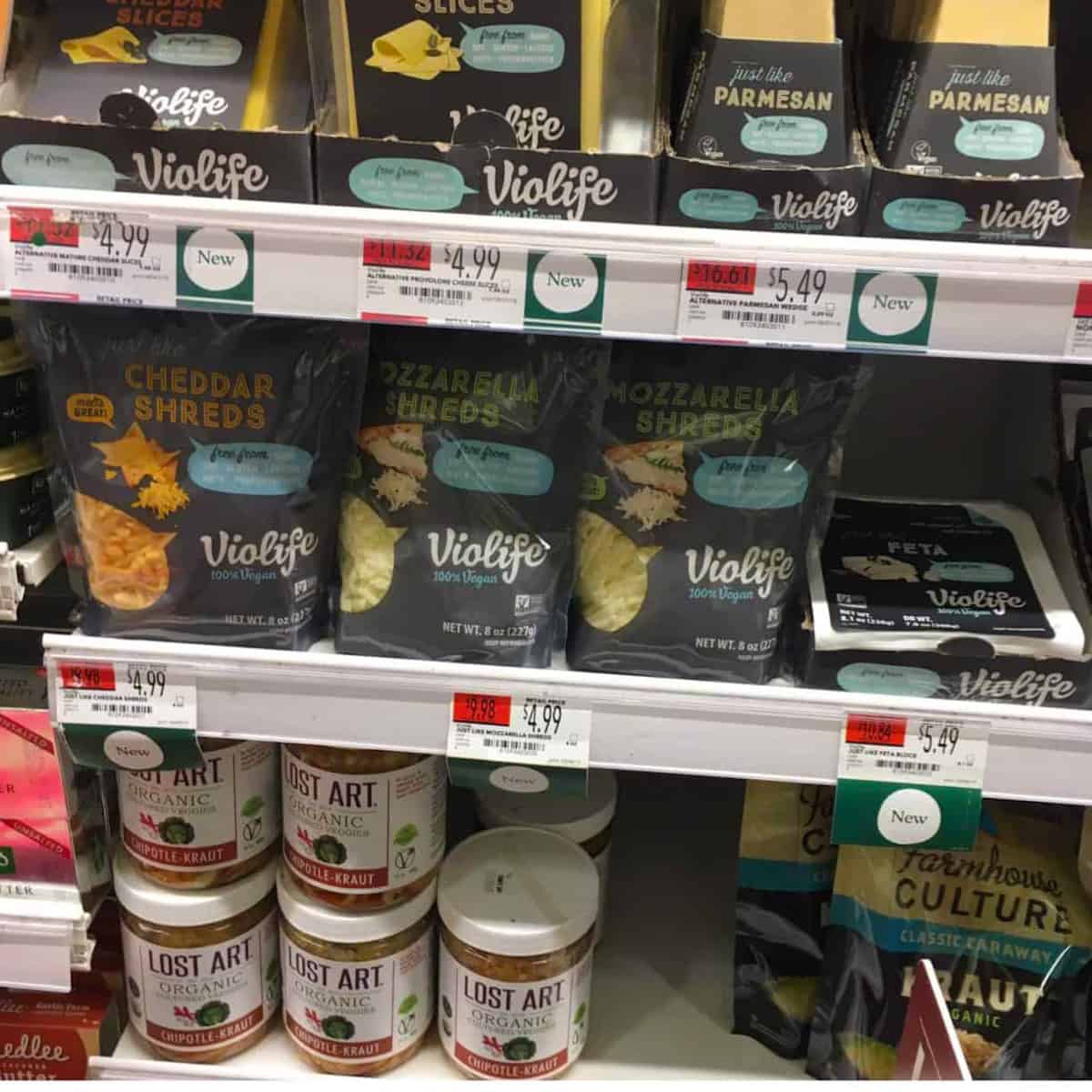
The fermented vegetables are processed due to the addition of salt, but you can rinse these (like canned veggies) if you need a lower sodium product. As long as you are not on a low-sodium diet, I would not hesitate to add some delicious fermented veggies to your meals. (Try: Fermented Red Cabbage Sauerkraut)
🤓 Highly Refined Foods Quiz
Now for a game. One of the following is the ingredients list for a popular brand of veggie burger, while the other is dog kibble. Can you guess which is which?
Food 1: Water, pea protein, expeller-pressed canola oil, refined coconut oil, rice protein, natural flavors, dried yeast, cocoa butter, methylcellulose, and less than 1% of potato starch, salt, potassium chloride, beet juice color, apple extract, pomegranate concentrate, sunflower lecithin, vinegar, lemon juice concentrate, vitamins and minerals (zinc, vitamin B3, vitamin B6, vitamin B12, calcium pantothenate)
Food 2: Dried peas, pea protein, brown rice, oatmeal, potato protein, sorghum, canola oil (preserved with mixed tocopherols), natural flavor, sun-cured alfalfa meal, brewers dried yeast, dicalcium phosphate, flaxseeds, millet, calcium carbonate, lentils, peanut hearts, quinoa, sunflower chips, salt, potassium chloride, choline chloride, taurine, dried carrots, minerals (ferrous sulfate, zinc sulfate, copper sulfate, sodium selenite, manganese sulfate, calcium iodate), dl-methionine, dried parsley, vitamins (vitamin E supplement, vitamin A supplement, niacin supplement, d-calcium pantothenate, riboflavin supplement, vitamin D2 supplement, thiamine mononitrate, vitamin B12 supplement, pyridoxine hyrdochloride, biotin, folic acid), l-ascorbyl-2-polyphosphate (a source of vitamin C), preserved with citric acid, preserved with mixed tocopherols, dried blueberries, dried cranberries, dried celery, Yucca schidigera extract, dried lettuce, l-carnitine, dried watercress, dried spinach, rosemary extract
If the ingredients list bears a striking similarity to dog kibble (food 2), you might just have an ultra-processed food on your hands! (I picked on the veggie burger, but there are many other products that could have fit the bill here.)
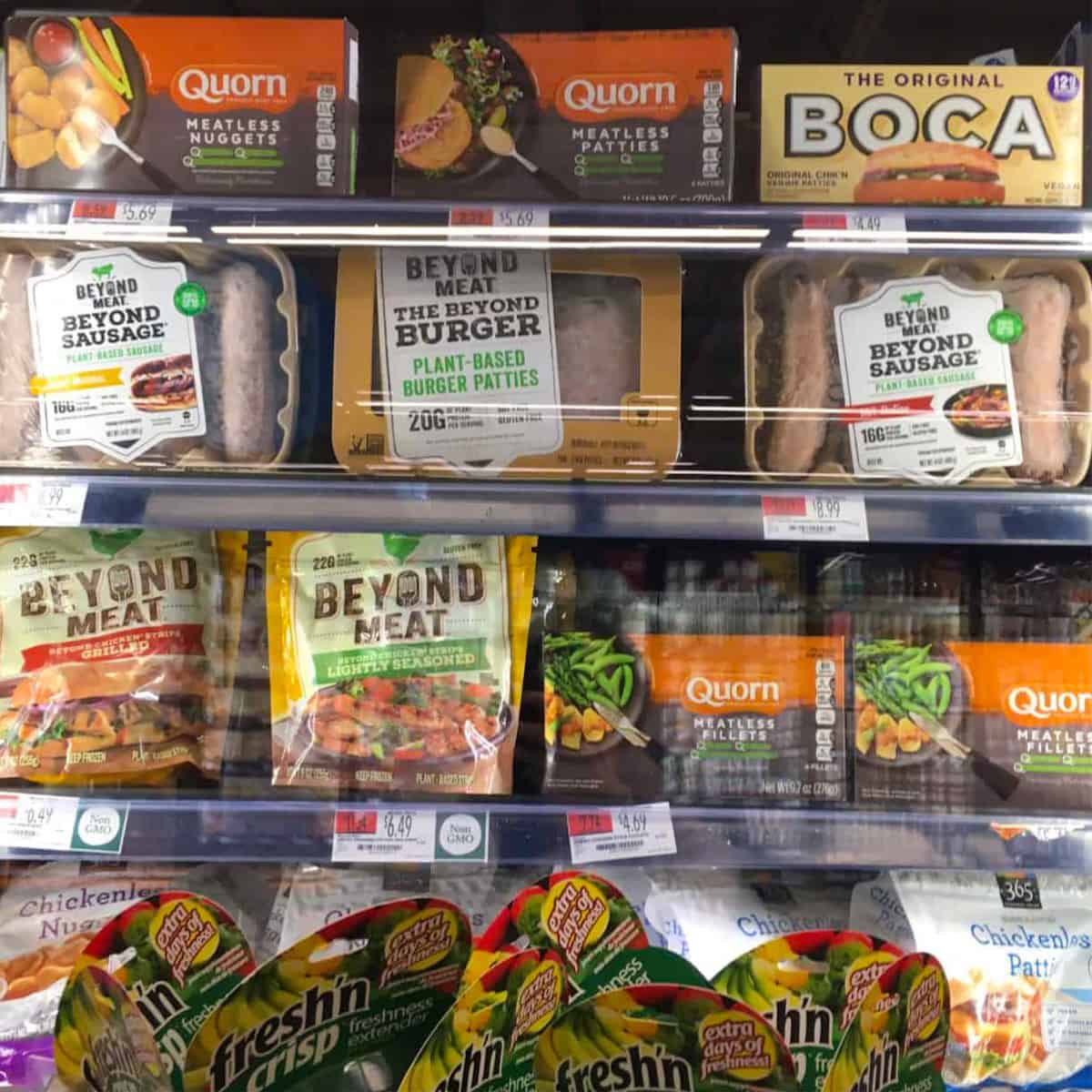
🎥. What are highly processed foods? (Video)
Do you have any questions about minimally processed foods versus ultra-processed foods? Were any of these foods that are considered ultra-processed a surprise to you? Do you find it easier to limit ultra-processed foods in your diet (as I do) or try to cut them out entirely?
Drop me a comment and let me know!
Join our community! Subscribe for all of the latest and greatest recipes, and follow me on Facebook, Pinterest, Instagram, and YouTube!

Hello! I'm Summer, a registered dietitian and home chef who loves to cook, eat, and create high quality content for you! Every recipe on this site has been tested by me to help ensure your success in the kitchen. All eaters are welcome here 🙂



Jocelyn says
Rozella says
Cathleen says
Vanessa says
Excellent goods from you, man. I've understand your stuff
previous to and you're just too wonderful. I actually like what you have acquired here, certainly like what you
are stating and the way in which you say it. You make
it entertaining and you still care for to keep it smart.
I can not wait to read much more from you. This is actually a great website.
Shameer M. says
Where would slow-fermented sourdough bread (using bacterial starter), made the traditional way, rank?
Summer Yule says
"Unpackaged freshly made breads" fall under group 3. An example of a group 4 bread would be the Great Value brand sourdough. Its ingredient list is the following: ENRICHED UNBLEACHED FLOUR (WHEAT FLOUR, MALT BARLEY FLOUR, NIACIN, FERROUS SULFATE, THIAMINE MONONITRATE, RIBOFLAVIN, FOLIC ACID), WATER, SUGARCANE FIBER, YEAST, SUGAR, CANOLA AND/OR SOYBEAN OIL, SALT, SOY LECITHIN, CALCIUM PROPIONATE (A PRESERVATIVE), ENZYME, SORBIC ACID (A PRESERVATIVE), ASCORBIC ACID (DOUGH CONDITIONER). Quite a difference, eh? Thank you for reading! -Summer